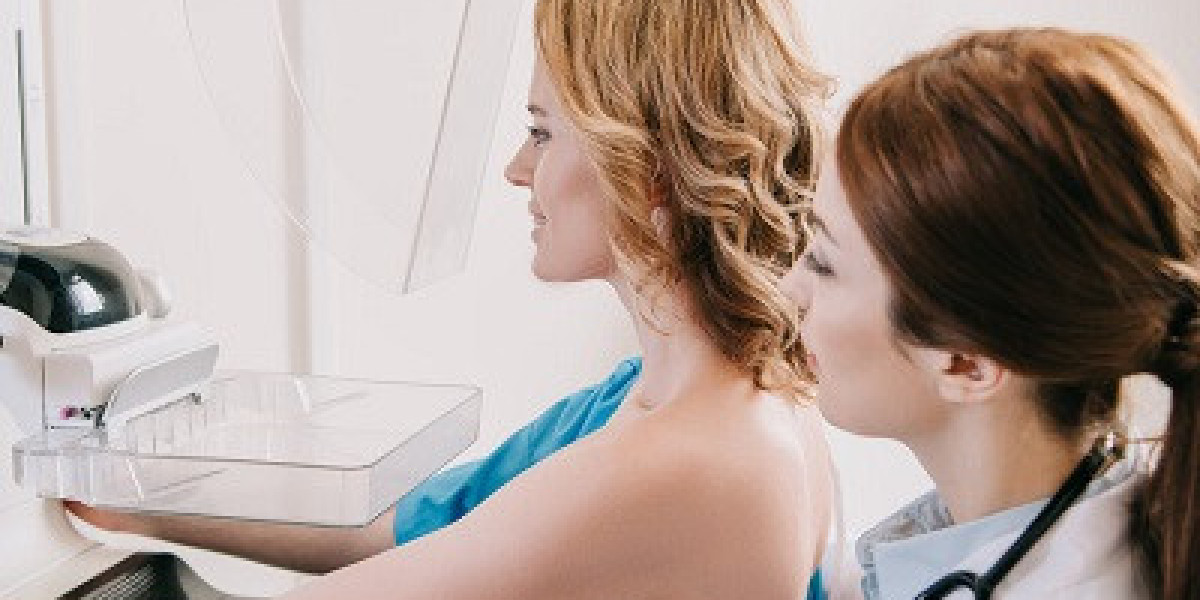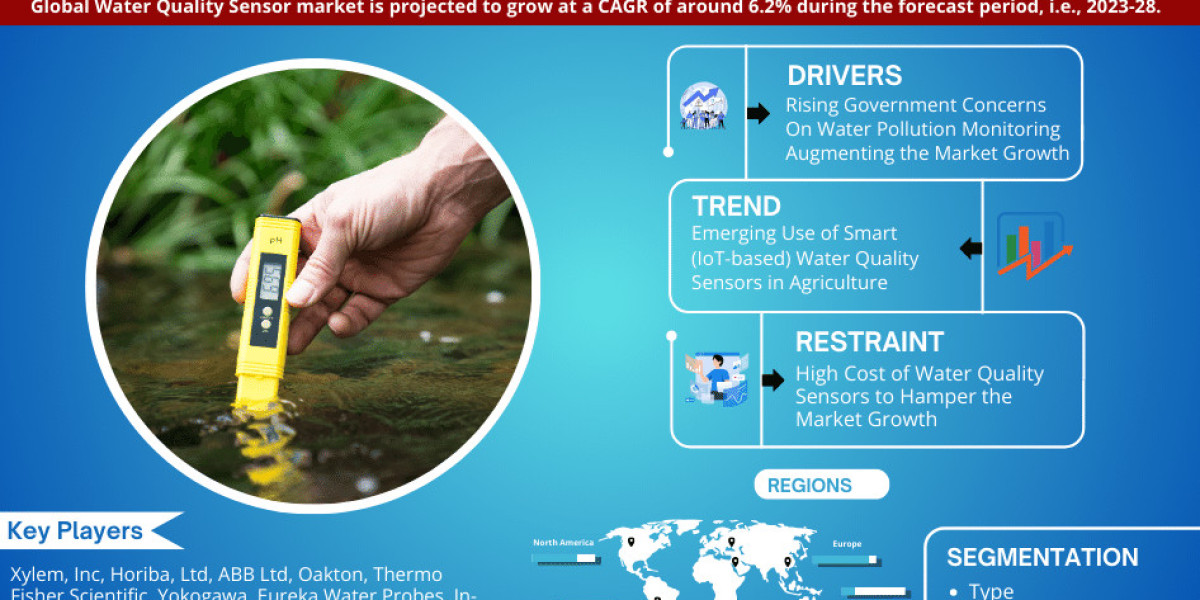Mammograms play a crucial role in the early detection of breast cancer, yet misconceptions surrounding this screening procedure persist, especially in regions like Islamabad. Addressing these misconceptions is vital to encourage women to undergo regular screenings and potentially save lives.
Understanding Mammograms:
What is a Mammogram?
A mammogram is an X-ray image of the breast used to detect and diagnose breast diseases, including cancer, at an early stage.
How Mammograms Work:
During a mammogram, the breast is compressed between two plates, and X-rays are used to capture images of the breast tissue.
Common Misconceptions:
Mammograms Cause Cancer:
One prevalent myth suggests that mammograms themselves can cause cancer.
Mammograms are Unnecessary:
Some women believe that mammograms are unnecessary, especially if they have no symptoms. Yet, early detection through regular screenings can significantly increase survival rates.
Mammograms are Painful:
While mammograms may cause discomfort due to breast compression, the procedure is generally brief and tolerable.
Mammograms are Only for Older Women:
Contrary to popular belief, mammograms are recommended for women of various ages, depending on individual risk factors and screening guidelines.
Dispelling Misconceptions:
The evidence overwhelmingly supports the safety and efficacy of mammograms in detecting breast cancer early. The benefits of early detection far outweigh any potential risks associated with the procedure.
Importance of Regular Mammograms:
Early Detection Saves Lives:
Regular mammograms can detect breast cancer at an early stage when treatment is most effective, potentially saving lives.
Screening Guidelines:
Health organizations recommend regular mammograms for women aged 40 or earlier for those at higher risk.
Access to Mammograms in Islamabad:
Availability of Mammography Facilities:
Islamabad boasts several healthcare facilities equipped with mammography units, ensuring accessibility for women across the city.
Awareness Campaigns:
Ongoing awareness campaigns aim to educate women about the importance of mammograms and dispel common misconceptions.
Addressing Fear and Anxiety:
Providing Support and Information:
Healthcare providers play a crucial role in addressing women's fears and anxieties about mammograms by providing accurate information and emotional support.
Importance of Open Communication:
Encouraging open communication between healthcare providers and patients fosters trust and ensures that women feel comfortable undergoing mammograms.
Conclusion:
Addressing misconceptions surrounding mammogram in islamabad is essential for promoting regular screenings and early detection of breast cancer. By debunking myths and increasing awareness, we can empower women in Islamabad to prioritize their breast health and schedule regular mammograms.
FAQs:
- Are mammograms painful?
- While mammograms may cause discomfort due to breast compression, the procedure is generally tolerable and brief.
- At what age should I start getting mammograms?
- Guidelines vary, but most health organizations recommend starting mammograms at age 40 or earlier for high-risk individuals.
- Do mammograms increase the risk of cancer?
- No, numerous studies have found no evidence linking mammograms to an increased risk of cancer.
- How often should I get a mammogram?
- The frequency of mammograms depends on individual risk factors and screening guidelines but is typically recommended annually or biennially.
- Can mammograms detect all types of breast cancer?
- While mammograms are effective in detecting many types of breast cancer, they may not detect all cases, particularly in dense breast tissue.















